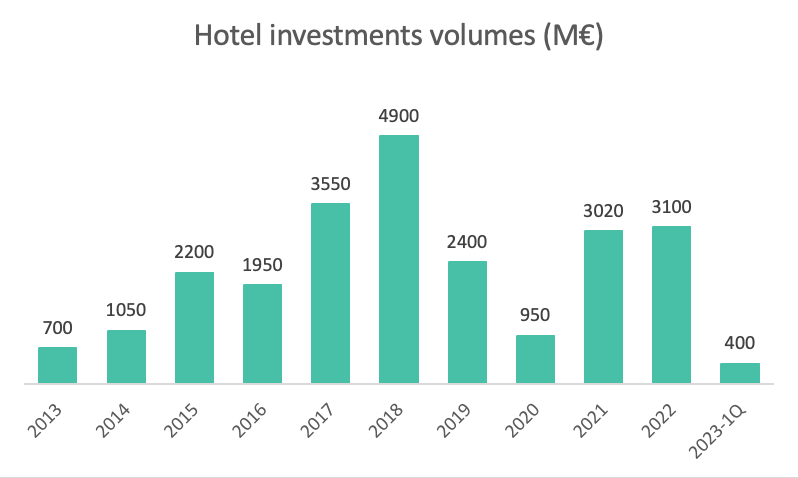Why I believe tech will take over Real Estate asset managers
1) AI will be able to understand better the drivers on the micro, whilst asset managers will chase their tails relying in quite general macro-economic indicators.
Opportunities are there, even in the most adverse macro-economic environments. Let’s face it macro-economic indicators are key to understand big market shifts, but that doesn’t mean it’s the only factor. Within any market there are asset classes and within those there are niche sub-asset classes and not everything is driven by the same variables. Tech might provide a better understanding of what drives each sub-sector at the micro-location level and until now that seems to be miles away even for the most sophisticated institutional investors. @BuiltAI
2)“Past performance is not indicative of future results”
The “follow the money” approach to invest is probably one of the biggest mottos in this industry. The problem with that is that it mostly works in bullish or bearish moments, where with the right timing investors ride the wave, but with increasing uncertainty it leads investors to take a defensive position and therefore the whole industry comes to an stagnation phase where nothing happens. In other words, the lower volume of transactions, the less “evidence” and becomes like the chicken and the egg.
Different tech solutions might help to feed more value-add strategies that help investors to not only follow the money. @Landtech
3 )Unnecessary complexity in most processes
The process of signing a commercial lease (at least in UK), is 90% faff and 10% value-adding negotiation, and it in some cases it is intended in purpose to allow for flexibility during that period. @Least
4) Attitude & high risk aversion from Institutional investors
Coming from the other side of the Atlantic I must confess the North American mindset is more open to embracing innovation and has a much higher risk tolerance, when compared to Europeans equivalents. I’ve witnessed some companies willing to change but in some cases that comes with efforts that feel a bit unauthentic from the top or simply not disrupting enough, discouraging mid managers to embrace change.





